Hyundai, Kia Aiming for Solar Roofs Starting in 2019
Hyundai and Kia have unveiled a new way to charge electrified vehicles: Roof or body-mounted solar panels.
Despite being talked about for years, solar roofs on automobiles haven’t seen widespread adoption. Cost, practicality, and rollover safety concerns mean the largest user of the technology is the Japanese and European-market Toyota Prius Prime. Now, Hyundai wants to go solar in a big way, starting next year.
The automaker wants buyers to know that solar roofs aren’t useless for regular gas-powered vehicles, either.
There are three solar charging systems under development, Hyundai Motor Group claims, targeting electric, hybrid, and ICE Hyundai and Kia vehicles. Obviously, the largest benefit of a roof containing a photovoltaic array is that EV or PHEV vehicles can charge themselves while parked, eliminating some of the need to plug into an electric grid. While the amount of current headed to the car’s battery wouldn’t be large, it would make a difference.
ALSO SEE: Audi to Add Clear Solar Panels in its Sun Roofs
Without mentioning the markets where it plans to offer the technology, Hyundai said the first system — applied to hybrids — will become available in 2019. It didn’t mention models, either, but Hyundai’s Ioniq and Kia’s Niro seem like likely candidates. There’s also the Sonata and Optima to consider.
In a hybrid model, the solar roof can apparently top up a propulsion battery by 30 or 60 percent over the course of a day. Depending on the vehicle, the technology might also make it to the hood, boosting the amount charging power. The maximum generation capacity of these systems is 100 watts.
Using an Ioniq Hybrid as an example, a max generation solar array operating under optimal conditions would top up the car’s 1.6 kWh battery to the tune of 50 percent in eight hours, though a smaller, roof-only system would mean less charge. A plug-in hybrid variant would likely need more than a week to fully charge its 8.9 kWh battery. As for the 28 kWh Ioniq Electric, well, you’d best bring that charging cord.
A system designed solely for use with conventional gas-powered cars would utilize a semi-transparent roof and send current to the car’s battery. This would be great in cold climes, assuming the sun peeks above the horizon (or through the clouds), though you’d also want some kind of insulation beneath that roof.
Whether we’ll see this technology in North America remains to be seen. Road safety regulators put the kibosh on the solar-roofed Prius after it was determined the panel would shatter during a rollover. Hyundai says its panels are made of silicon, though its crashworthiness isn’t yet known. That said, if solar isn’t a go, something else might show up to generate a money-saving charge (likely at an additional expense to the buyer).
Jeong-gil Park, the automaker’s engineering chief, said solar panels are not the extent of its electricity-generating tech.
“In the future, we expect to see many different types of electricity-generating technologies integrated into our vehicles,” Park said in a statement. “The solar roof is the first of these technologies, and will mean that automobiles no longer passively consume energy, but will begin to produce it actively.”
A version of this article originally appeared on TTAC.com
More by Steph Willems


















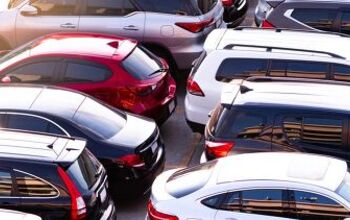
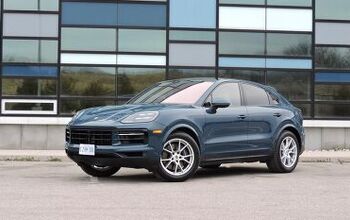


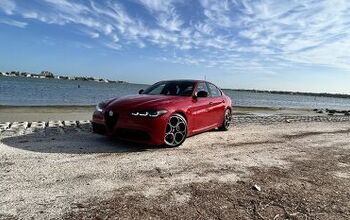

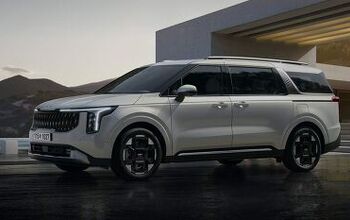
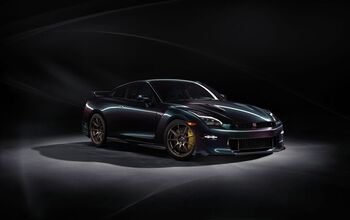


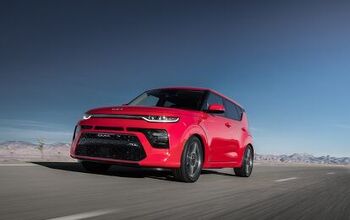



Comments
Join the conversation